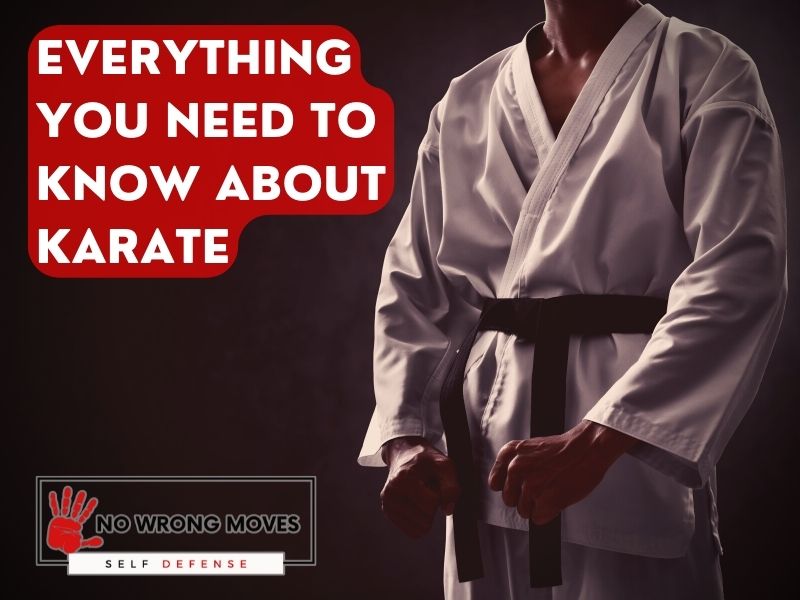
Are you curious about the ancient martial art of Karate? Perhaps you've seen it in movies or on TV and want to learn more. In this post, I'll delve into what Karate is, its origins, and the benefits of practicing it.
If you're interested in getting started in Karate, I've got you covered too! I'll share tips on how to find the right Karate school or instructor, what to expect from your first class, and the different levels and ranks within the discipline.
Additionally, I'll emphasize why it's essential to find a reputable and experienced teacher to guide you on your Karate journey. So let's dive in and explore the exciting world of Karate!
What is Karate
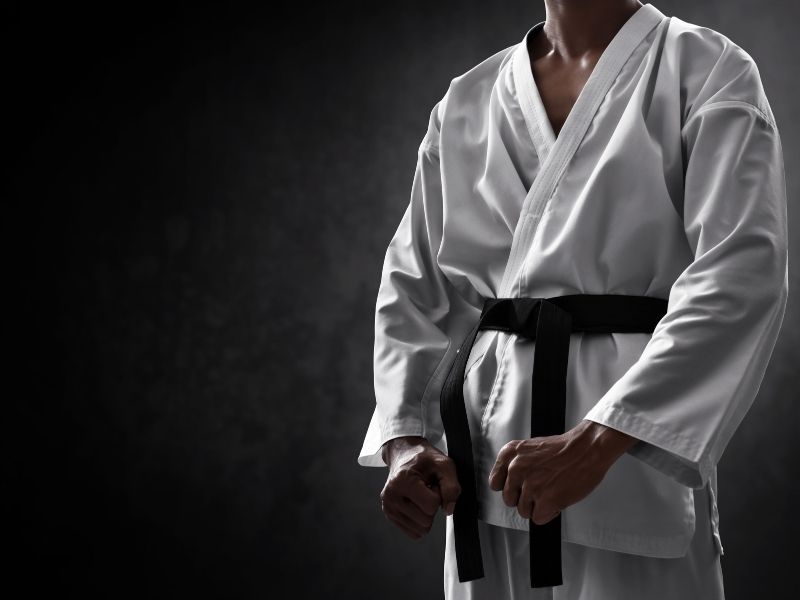
Karate is a martial art that relies on kicks and punches to disable an opponent. It is often used in self-defense situations, as it can provide the user with a way to protect themselves from harm.
Karate is a discipline that requires great mental and physical strength. It is an excellent way to improve one's health and fitness. It's fairly all-encompassing, allowing it to be practiced by people of all ages and abilities.
The moves involved in karate are relatively simple to learn, though they can be difficult to master. For someone who is new to the sport, karate can provide a way to get in shape, learn how to defend themselves, and make new friends.
Where Does Karate Come From? What’s The Story?

Karate is a martial art that originated in Okinawa, Japan. It is based on the indigenous martial arts of Okinawa, which were developed in the 14th and 15th centuries. Karate was originally created as a way to defend oneself without using weapons.
In the 16th century, karate began to be taught to the general public, and by the 18th century it had spread to many other parts of Japan. In 1922, the first karate school was established in Okinawa.
Today, karate is practiced in dozens of countries and has become one of the most popular martial arts in the world.
Benefits of Karate
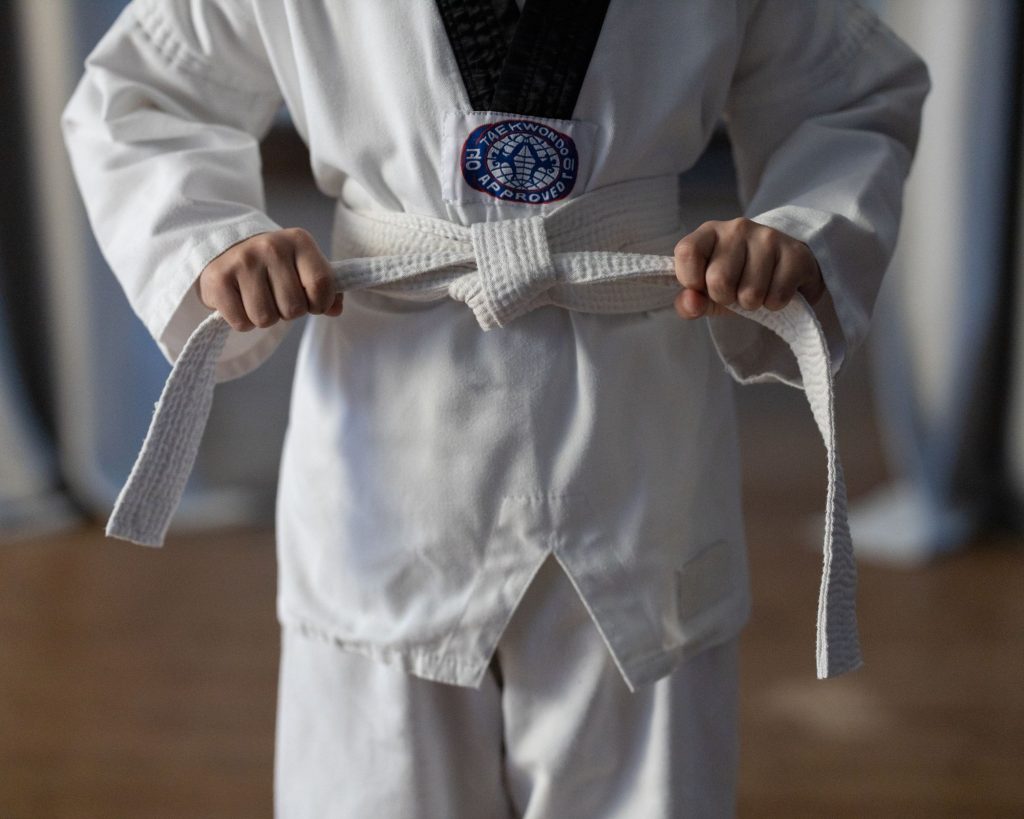
Karate is a martial art that offers a variety of benefits, both physical and emotional. Practicing karate can help individuals improve their discipline, increase their strength and stamina, and enhance their physical conditioning.
These are only some of the standard benefits that many Karate--and martial arts practitioners in general--enjoy.
But the emotional benefits of karate are equally important. Karate can help individuals develop self-confidence and learn how to handle difficult situations with poise and control. It can also provide a sense of empowerment when it comes to protecting oneself and loved ones.
And finally, practicing karate can improve one's ability to handle stress and difficult emotions, making it an excellent practice for overall emotional well-being.
How to get started in Karate
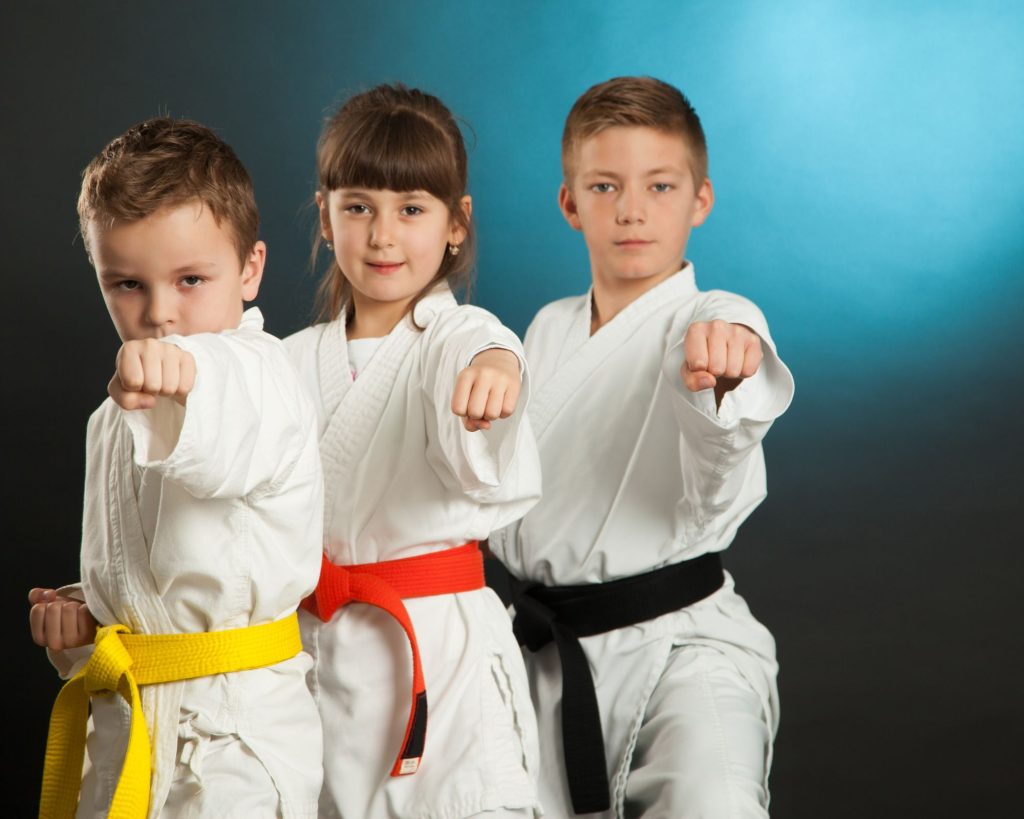
To start your journey in Karate, it's imperative to research different schools to find one that fits your goals and values. Look for schools that prioritize discipline, respect, and character development.
Once you've found a potential school, attend a trial class to see if it's the right fit for you. Pay attention to the instructors, their teaching style, and the overall atmosphere of the school.
When you've found the right school, begin your training by learning the basic techniques, principles, and forms of Karate. Your qualified instructor will guide you and help you improve your technique and understanding of Karate principles.
Consistent practice is crucial for growth and improvement. Make sure to attend classes regularly and practice outside of class as well.
Seek new challenges by attending workshops and seminars, sparring with other practitioners, and looking for new opportunities within the Karate community.
You should also watch and study Karate masters to gain inspiration and new insights into the art. Learn from their experience and adapt it to your own practice.
Remember to always to approach your practice with humility and an openness to learning. Karate is a lifelong journey, and there's always more to learn and improve upon.
What To Expect In Your First Karate Class
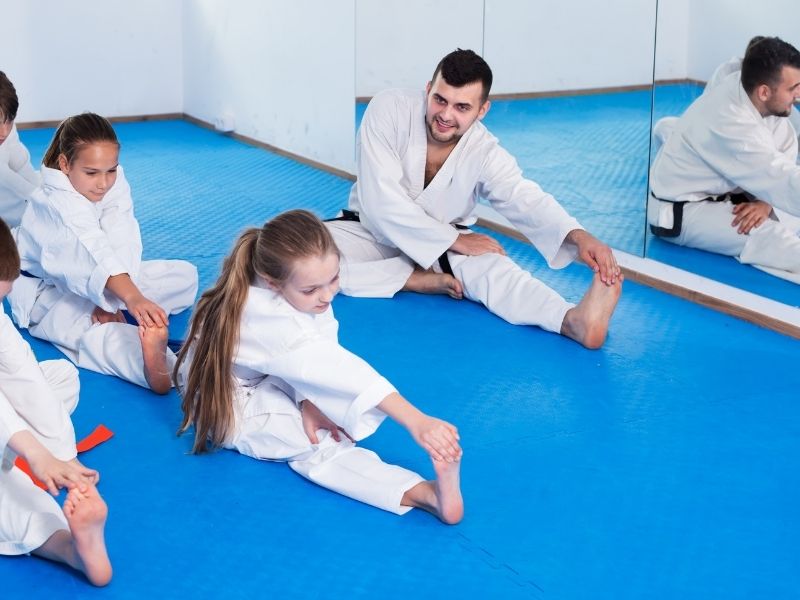
Most people who sign up for their first karate class are a little bit nervous. After all, karate is an intense martial art that requires discipline and focus.
But don't be alarmed! There is no need to be nervous or intimidated. The goal of a first karate class is simply to help you get a feel for the basics of the sport.
You will likely start by learning some basic blocks and strikes. As you become more comfortable with the moves, you will begin to add more complex techniques to your repertoire.
Different Karate Ranks And Levels
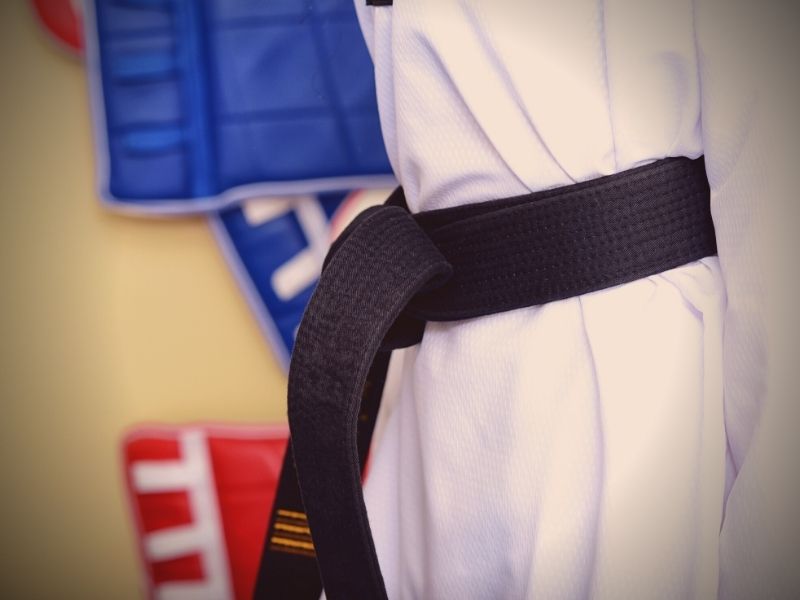
Karate Belt History
At many karate schools, practitioners wear a belt around their waist to show their level of expertise. There is a legend about how this tradition began. People who train in karate start with a white belt, which becomes black over time.
A version of the story is that Jigoro Kano, the inventor of modern Judo, was the first to give out colored belts to signify students' progress.
Gichin Funakoshi, an Okinawan man who founded Shotokan Karate, adopted this system from Dr. Jigoro Kano.
Then Masutatsu Oyama, the founder of Kyokushin Karate, started using colored belts for his own style after practicing Judo and Okinawan Karate.
Regardless of its origins, the colored belt system provides a clear idea of a practitioner's abilities and helps motivate them to improve their skills.
New Kyokushin Belt System
The New Kyokushin Karate Belt System is a ranking system that consists of 10 kyu or levels. There are 6 belt colors: white belt, orange belt, blue belt, yellow belt, green belt, and brown belt.
All belts besides the white belt can have dashes to indicate further progress. The purpose of the New Kyokushin Belt System is to acknowledge a student's progress and award them with a new colored belt when they have mastered the techniques and skills required for that level.
The New Kyokushin Belt System is divided into 3 sections: junior belts (white belt - orange belt), intermediate belts (blue belt - brown belt), and black belts.
In order to progress from one section to the next, a student must pass an examination that tests their knowledge of the techniques and skills required for that rank.
Junior belts must pass a White Belt Exam, intermediate belts must pass a Blue Belt Exam, and black belts must pass a Black Belt Exam.
The New Kyokushin Belt System is designed to be more challenging and progressive than the old Kyokushin Belt System. In the old Kyokushin Belt System, students progressed through the ranks by completing set number of stripes on their belts.
This system was not very challenging or progressive because it did not take into account a student's ability or level of mastery. The New Kyokushin Belt System is more challenging because students must pass an exam in order to progress to the next rank.
It is also more progressive because students can earn different belts (i.e. white belt, orange belt, blue belt) by mastering different techniques and skills.
Karate Belt Examination Standards
Karate belt examinations and progression are an important part of the martial art. They are a way to measure a student's progress and ensure that they are learning the material correctly. The minimum time limits between belt examinations are listed below.
- 10th Kyu to 3rd Kyu: Minimum 4 months between grades
- 3rd Kyu to 1st Kyu: Minimum 6 months between grades
- 1st Kyu to Shodan: Minimum 12 months between grades
- Shodan to Nidan: Minimum 2 years between grades
- Nidan to Sandan: Minimum 3 years between grades
- Sandan to Yondan: Minimum 4 years between grades on recommendation of the WKO Branch Chiefs
- Yondan to Godan: Minimum 5 years between grades on recommendation of the WKO Branch Chiefs
- Godan to Rokudan: Minimum 6 years between grades on recommendation of the WKO Branch Chiefs
These minimum time limits are just guidelines and can vary depending on the individual's progress, ability, and commitment. Still, keep in mind that belt progression is not a competition or race.
The main goal is to properly learn and master the techniques and skills required for each belt level. It is better to take more time in-between examinations if necessary rather than rushing through the ranks without fully understanding the material.
Becoming a black belt in karate takes many years of dedication and hard work, but it is a rewarding accomplishment for any practitioner. As martial artist Gichin Funakoshi once said, "Karate is not a technique of striking or blocking, or a mechanical device for winning.
IAt the end of it all, the New Kyokushin Belt System and belt examinations are just tools to help karate practitioners on their journey towards this self-expression and discipline.
The Progression of Learning Karate
- Position: Stance
- Balance: Control of position
- Coordination: Control of balance and position in motion
- Endurance: Control of coordination and balance in extended periods of time or repetition
- Power: Control and application of strength
- Speed: Control and application of power in quick succession
- Technique: Control and application of speed, power, coordination, balance, and position in technique execution
- Kata (Form): Controlled execution of techniques in a predetermined sequence
- Bunkai (Application): Controlled application of kata techniques in various situations
- Kumite (Sparring): Controlled application of techniques and principles in a live, dynamic situation
As karate practitioners progress through the belt ranks, they should also progress through these stages of learning. It's incredibly valuable for practitioners to have a strong foundation at each stage before moving on to the next one.
A black belt in karate means that the practitioner has mastered all of these stages and can effectively apply them in various situations.
Again though, it is not a competition or race to reach black belt status. It is a personal journey towards self-improvement and mastery of the martial art.
Karate Uniform
In addition to belts, karate uniforms (or "gi") also have symbolic significance. The uniform is traditionally all white, symbolizing purity and cleanliness of the mind and body.
It is also meant to show equality among practitioners, as everyone wears the same uniform regardless of rank or skill level.
This emphasizes that karate is not about competition or individual accomplishments but rather personal growth and bettering oneself through dedication and discipline.
The Importance of A Good Karate Instructor
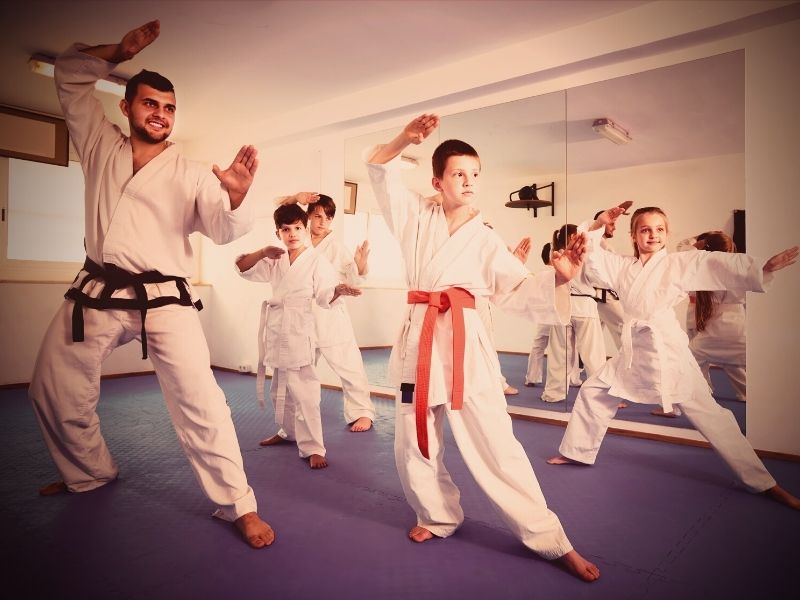
Choosing a good karate teacher is one of the most important decisions you can make when starting to learn this martial art.
A good teacher will be patient and inspiring, and they will be able to help you progress at your own pace. They will also be able to tailor their teaching methods to suit your individual needs.
In addition, a good karate teacher will be able to provide you with valuable feedback and support outside of class.
At the end of it all, choosing the right karate teacher can make all the difference to your learning experience, so it is well worth taking the time to find someone who is a good fit for you.
Most Notable Figures In Karate
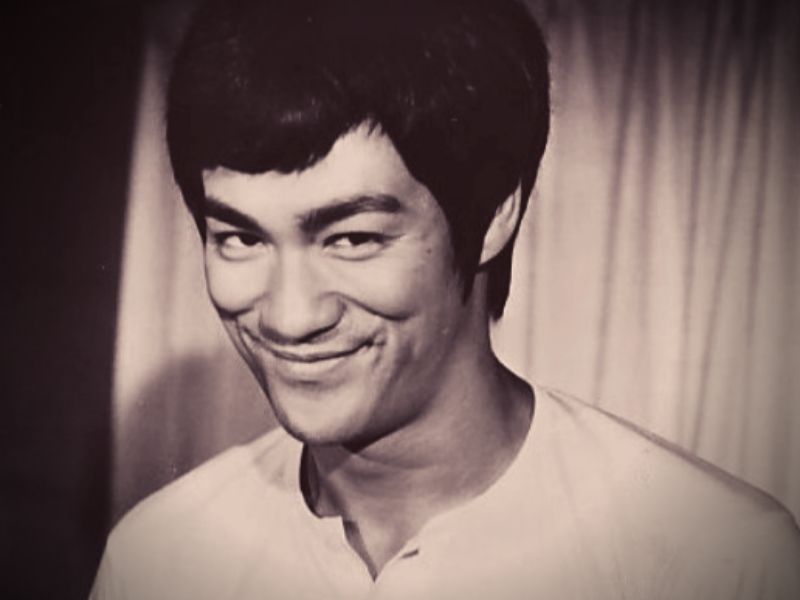
And, just in case you want to do some more research, here are some notable figures who practice or have practiced X
These are some notable figures and interesting people who have practised Karate:
- Bruce Lee, martial artist, and actor
- Lyoto Machida, mixed martial arts fighter and former UFC Light Heavyweight Champion
- Michelle Waterson, mixed martial arts fighter and former Invicta FC Atomweight Champion
- Miyamoto Musashi, famed Japanese swordsman and author of "The Book of Five Rings"
- Gichin Funakoshi, founder of Shotokan Karate
The Wrap-Up
So to sum things up, Karate is a martial art that offers numerous physical and emotional benefits to its practitioners. It requires discipline, hard work, and dedication, but the rewards are well worth the effort.
By practicing Karate, individuals can improve their physical strength, stamina, and conditioning while also developing greater focus, concentration, and self-confidence.
Additionally, Karate teaches valuable skills for handling difficult situations with poise and control, as well as providing the tools to protect oneself and loved ones.
If you are interested in learning more about Karate and its benefits, it is recommended that you research different schools, attend trial classes, and begin your journey towards mastering this beautiful and powerful martial art.
Curious to read more? Check out Kendo here!
[author-box-jpx-fitness]
